
Using light from the most distant object known, astronomers have found traces of the first generation of atoms in the universe, 14 billion light years from Earth. The observations are the first of the cosmic “Dark Age” between the Big Bang and the first visible stars and galaxies and allow astronomers to set a date for the complete reionization of the universe.
The observations, by Robert Becker of the University of California, Davis, and the Lawrence Livermore National Laboratory, Xiaohui Fan of the Institute for Advanced Study in Princeton, Michael Strauss of Princeton University, and Rick White of the Space Telescope Science Institute, a team of scientists with the Sloan Digital Sky Survey, mark the point when radiation from the first stars and quasars tore apart and reionized — the neutral hydrogen atoms that filled space after the Big Bang.
All space, time and energy began with the Big Bang. As the universe cooled, energy turned into matter. Quarks and electrons, then protons and neutrons appeared in the first minute. But at temperatures of 1 billion degrees, it was too hot for complete atoms to form. Scientists have found that it took another 300,000 years for the temperature to cool off enough for whole atoms of hydrogen to appear.
The half billion years between the formation of these first atoms and the creation of the most distant light-emitting objects detected by astronomers remains shrouded in mystery. Astronomers have dubbed this period the cosmic Dark Ages. We do know, however, that all was not quiet in these early times. Cosmic background radiation from the period of atom formation shows that matter was smoothly distributed through the universe, said Becker. By the end of the Dark Ages, matter was clumped into massive structures such as the billion-solar mass black holes powering the quasars detected in the new observations.
In addition, while the Big Bang created only hydrogen, helium and a trace amount of lithium, the quasar light reveals traces of more complex atoms including carbon, nitrogen, oxygen and silicon, all of which had to be cooked up in stars out of the primordial material.
At the end of the Dark Ages, hydrogen atoms were ionized again, or stripped into atomic nuclei and electrons. This reionization was probably caused by ultraviolet light from the first quasars and stars. Until now, the timing of this reionization event has been uncertain.
In 1965, Jim Gunn and Bruce Peterson, then at the California Institute of Technology, predicted that the neutral atoms would be detected by their light-absorbing signature, creating a trough in the spectrum. Hydrogen atoms absorb all the light at a particular, characteristic wavelength, Becker said. If at least one part in a 100,000 of the hydrogen in intergalactic space were made up of whole atoms, all the light at this wavelength would be blocked, he said.
“Seeing the effects of neutral hydrogen in the spectrum of this quasar is telling us that we’re finally probing the universe to a time when the first stars and quasars lit up,” said Gunn, now at Princeton University and the project scientist of the SDSS. “Scientists have been looking for this for a very long time; it is tremendously gratifying that we are finally seeing it.”
Because light from objects that are distant in space and time is shifted toward the red end of the spectrum, the Gunn-Peterson trough would also be shifted, Becker said. By looking at where in the spectrum the trough occurred, astronomers could tell how old those atoms were, he said.
To achieve this, astronomers have to look at objects billions of light years away and therefore far back in time. But in 35 years, no one has been able to detect the Gunn-Peterson effect, Becker said. The conclusion was that almost all of the hydrogen in intergalactic space is ionized.
“Only now have we found a quasar that is far enough away,” Becker said.
Using the powerful Keck telescope on Mauna Kea in Hawaii, Becker and his colleagues detected the imprint of neutral atoms on light from quasar J1030 0524. J1030 is the most distant object yet found, at 14.5 billion light years from Earth. It was discovered in April this year by the Sloan Digital Sky Survey scientists, led by Fan.
The researchers spread out the recorded light into its constituent wavelengths. They found that, over a region of the spectrum corresponding to millions of years of cosmic history, no light from the quasar gets through — it is all absorbed in intergalactic space.
“The culprits responsible are from the very first generation of atoms. These observations provide our first glimpse at truly primordial material, and constrain the time at which the reionization of the universe took place,” Becker said.

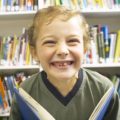



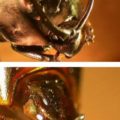


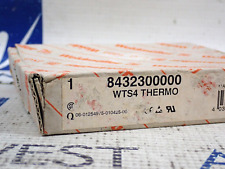
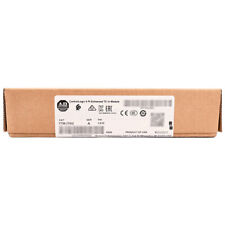
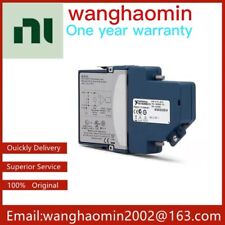

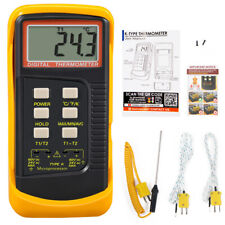
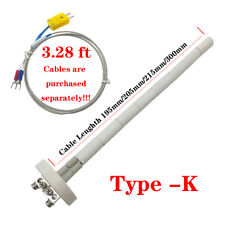
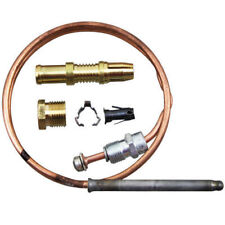


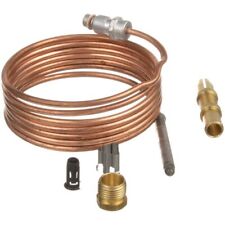
Comments are closed.